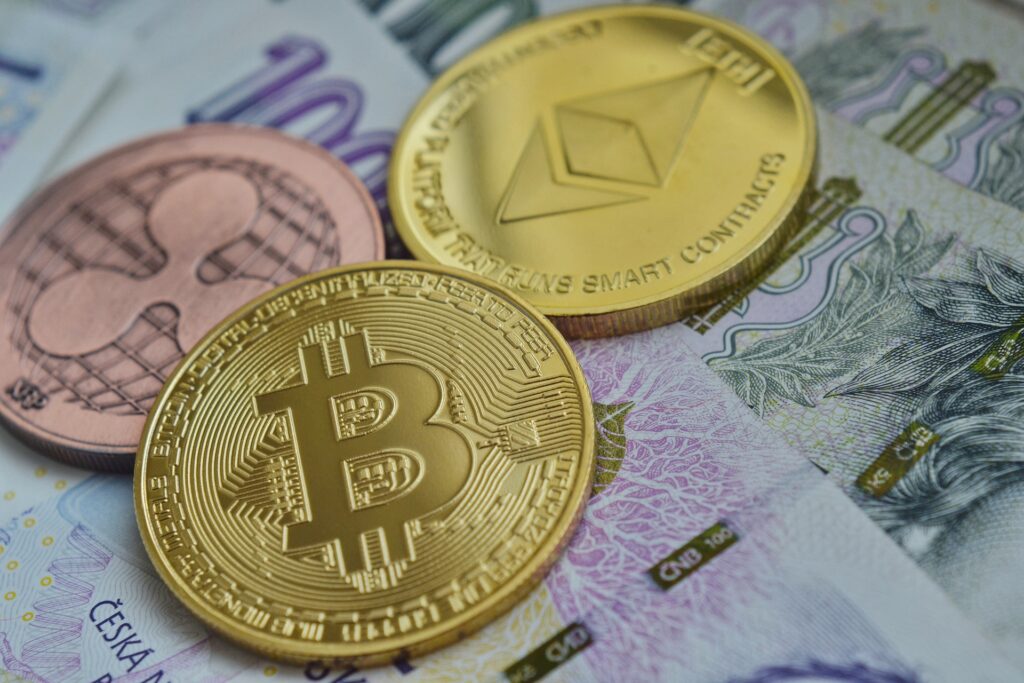This article first appeared in April’s print edition of Business Monthly.
With its vast resources, the MENA region possesses the potential to thrive and excel in the global economy, establishing a position as a formidable powerhouse. Ahmed Ismail, CEO of Majid Al Futtaim Holding, said in January, “With Saudi Arabia becoming the first trillion-dollar economy in MENA, the UAE delivering record non-oil growth and Egypt achieving a positive trajectory despite recent compounding and challenging headwinds … they represent the fastest growing economic block in the world.”
Increased economic activity in those countries should allow them to fuel an expansion in intra-regional trade and cross-border foreign direct investment, Ismail said.
That direction could prove vital in the next few years as trading with nations outside MENA gets tougher. Miaojie Yu, president and chair professor in economics at China’s Liaoning University, said in September 2023, “There is a growing tendency for world trade to become more localized and organized around regional trade groups, supported by related regional production supply chains.”
MENA countries have diverse economies, untapped resources and opportunities, and governments that are keen to attract FDI. “Tapping into the significant potential of economic integration will benefit Arab countries due to efficiency gains from growth spillovers, larger markets, and production-scale economies,” said Hani Sonbol, acting CEO of the Islamic Corporation for the Development of the Private Sector, in May 2023.

Regional diversification
Trade diversification and the development of new supply chains are keys to MENA’s economic growth. According to the Global Economic Diversification Index 2024, “The pursuit of economic diversification is a catalyst for equitable growth and sustainable development and a key driver for achieving global economic resilience.”
The index further emphasized that commodity production diversification leads to enhanced macroeconomic stability and fosters sustainable growth patterns. That, in turn, enables a gradual transition toward higher-value-added economic activities.
Until recently, most countries in the MENA region relied on hydrocarbon-generated wealth (oil and gas). According to an IMF Regional Economic Update in January, the MENA region produces about 35% of world oil exports and 14% of gas exports.
However, the Global Trade Review (GTR), an independent publishing and events company, noted in a June article that “recent years have seen a significant shift in the trade landscape [in MENA], as governments embark on ambitious economic diversification initiatives to spur the development of new industries, such as technology, manufacturing, and renewable energy.”
Accordingly, shifting export patterns in the region can eventually improve overall economic scores. “The commodity-dependent nations with the most improved scores over time have either reduced dependence on fuel exports, reduced export concentration, or witnessed a massive change in the composition of exports,” according to a September 2023 blog on the IMF website by Nasser Saidi, former minister of economy and industry in Lebanon, and Aathira Prasad, director of macroeconomics at Nasser Saidi and Associates, a business consultancy.
Al-Futtaim’s report underscored that GCC countries, in particular, have led that shift by “setting out diversification strategies that ensure national prosperity beyond hydrocarbons.” A case in point is the U.A.E., where non-oil trade grew 14.4% in the first half of 2023, compared with the same period in 2022, according to a 2024 report by the Economist Impact, a think tank.
Such a change in the nature of imports and exports in the region should drive success in other sectors, such as technology, logistics, tourism, and renewable energy. Anirudha Panse, head of global transaction banking trade finance product innovation at FAB, said, “Despite a challenging global economic backdrop, the trade landscape in MENA is more dynamic and interconnected than ever before, driving innovation across a range of industries and creating new opportunities for value creation.”
Strengthening inter-Arab trade
Within the MENA region, two main integration models are currently in place, according to Al-Futtaim’s report. The first is GAFTA, which was established by 14 countries in 1997 and later extended to 18. GAFTA aims to reduce tariff and non-tariff barriers to the movement of goods among member states.
The second integration model is the Gulf Cooperation Council (GCC), which consists of member countries Bahrain, Kuwait, Oman, Qatar, Saudi Arabia, and the United Arab Emirates.
In 2022, the MENA region accounted for 3.3% of the world GDP, which remains below its share of the global population, which totals 4.2%, according to a report by Majed Al-Futtaim Holding in January titled “Opportunities to accelerate economic integration across MENA.”
The report underscored the region’s potential to increase its share of world GDP if it effectively addresses the latency of that gap by unlocking an estimated $1 trillion in additional GDP.
Despite the importance of trade and investment for strengthening relations among Arab countries, inter-Arab trade remains relatively low. Khaled Hanafi, secretary-general of the Union of Arab Chambers, highlighted in February the need to foster growth by “standardizing specifications, enhancing logistics and promoting private-sector involvement.”
He shed light on Arab nations’ potential for increased trade, business opportunities, employment, and GDP growth, stressing that inter-Arab trade currently stands at $700 billion, comprising between 10% and 11% of global trade.
However, despite signing free trade agreements such as the Greater Arab Free Trade Area (GAFTA), integration of Arab countries into the global production system is comparatively weak, representing only 14% of MENA’s international trade in 2021, said Al-Futtaim’s report.
The Insufficient implementation of free trade agreements among the MENA nations suggests that “the benefits from trade are not yet being fully realized,” according to an article by economics professors on the Economic Research Forum website in October.
Shared similarities have contributed to making the GCC the most integrated subregion within MENA due to the fact they are all net oil exporters, members of OPEC, and peg their currencies to the dollar.
According to a May report by the Islamic Development Bank, “The overall performance of the GCC group is the highest due to its relative success in terms of financial market integration.”
However, that has not meant that inter-GCC trade is high, as the trade and investment dimension scored only 0.351 in 2022, compared to the integration in financial markets which scored 0.780, and the connectivity and logistics dimension which scored 0.644, noted the report.
The slowdown in trade and investment dimension could be attributed to the similarities shared within the GCC which in turn resulted in “limited economic complementarities at the regional level,” said the report.
Not only in the GCC but across the rest of the region, intra-regional trade and investment are decelerated due to the common economic characteristics shared within their respective groups, including similarities in language, culture, and geographic proximity, both among oil-exporting and non-oil-exporting countries.
The report highlighted that overall intra-Arab integration was steady from 2010 to 2022. However, the report added that the trade and investment integration dimension in intra-Arab integration had been the lowest during that period scoring 0.372 in 2022.
In addition, Saidi and Prasad noted that the intra-MENA trade represented only 17.8% of total trade in the region and 18.5% of total exports in 2021.
Another contributing factor to the slowdown of inter-Arab trade is the MENA’s insufficient growth of trade in services, including transport, finance, education, tourism, and legal and environmental services, which, in turn, slows regional economic development. According to World Trade Report 2023, “Compared to other emerging economies, MENA has highly regulated services sectors, with particularly high trade restrictions, except for telecommunications.”
Notably, Al-Futtaim’s report shed light on the positive impact of the improvements in logistic efficiency. The report noted MENA’s logistic efficiency improved since 2018 in terms of “the ease and reliability of supply chain connections, including quality of logistics services, trade-related infrastructure and efficiency of border controls,” largely thanks to progress in Bahrain, Saudi Arabia, Kuwait, and Egypt.
What Next?
Faster economic and trade integration among MENA countries is increasingly vital. Hanafi stressed in July the importance of “accelerating the completion of the requirements for the implementation of the Greater Arab Free Trade Area, promoting intra-Arab investments, moving toward developing regional value chains and benefiting from distinguished international experiences to promote inter-Arab trade.”
However, strengthening trade relations among Arab countries faces significant challenges. Hanafi cited “the similarity of production structures, low levels of economic diversification, high shipping costs, and low export competitiveness.”
The private sector is the key to quickly increasing intra-regional trade. In Al-Futtaim’s report, Ismail stressed that the private sector should expand into larger markets and capitalize on gains in international specialization by joining regional and global production networks.
In addition, Ismail also said the private sector’s potential to provide the innovation, investment, and entrepreneurship that would be essential for the region’s economic transformation. He noted the private sector in the Arab region represents 75% of GDP, or nearly $3 trillion.







